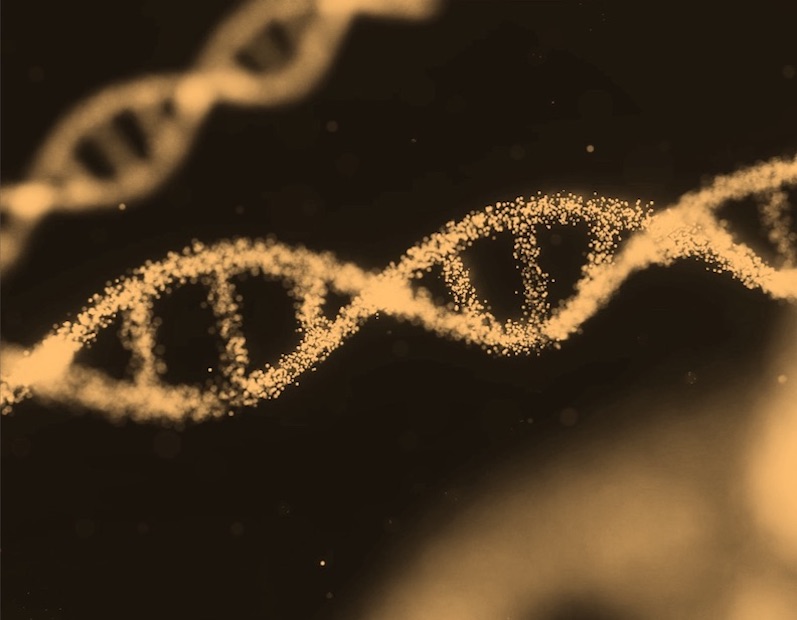What is it about?
The text under review is a survey devoted to applications of combinatorial methods in ring theory. The main topic is the theory of monomial algebras, i.e. algebras whose defining relations are monomials (or words of generators). These algebras form an important class with deep and interesting theory. An additional aim of the study of these algebras is to develop the necessary ideas for applications to other branches of combinatorial ring theory because many combinatorial problems in ring theory are stated in the language of combinatorics of words and handled by techniques involving the same language. Among these problems are the problems of Burnside type (the Kurosh problem, the Shirshov height theorem, the nilpotency of the radical of finitely generated PI-algebras), the growth of algebras and Gelʹfand-Kirillov dimension, algorithmic problems, etc. The main tool of the survey is the combinatorial analysis of words with emphasis on infinite words. In particular, the role of uniformly recurrent words and the connection of combinatorial ring theory with symbolic dynamics have become more clear. A special object of study is the theory of automata algebras, i.e. monomial algebras with defining relations which form regular languages. Here the role of graph theory is shown to be very important. The authors also demonstrate the application of the techniques exploited to algebras which are closely related to associative algebras, to semirings and semigroups. Most of the survey is dedicated to results either published previously in journal papers or known as a part of the mathematical folklore with unclear authorship; some new results are also included. Of course, all the results are given from a unique point of view, demonstrating the power of the methods used. Chapter 1 starts with the necessary definitions and notation and is devoted to the basic properties of algebras with polynomial identities (PI-algebras), some basic constructions, superwords in algebras, growth in sets of words and in algebras, Gelʹfand-Kirillov dimension and superdimension, uniformly recurrent words, compactness conditions and relations of superwords and symbolic dynamics. Chapter 2 deals with periodicity of words (overlappings of words, the Shirshov height theorem and the independence theorem, properties of periodic and almost periodic words), bases of algebras (reduction of words to canonical form, the pumping-over procedure, the Kurosh problem and its relation with the Shirshov theorem), regular words in Lie algebras (including the theory of sandwiches and the specific character of combinatorial analysis in Lie algebras), growth of algebras and radical properties. Chapter 3 studies the nil radical and the Jacobson radical, the classification of weakly Noetherian monomial algebras, and the Baer radical. Chapter 4 contains the proof of the theorem that if two non-unitary finitely generated monomial algebras are isomorphic as algebras, then they are isomorphic as monomial algebras. Chapter 5 relates the automata algebras with graph theory and deals with growth and rationality of the Hilbert series of automata algebras, matrix representations and the PI-property, the structure theory, nilpotent elements, zero divisors and Noetherianity of automata algebras. Chapter 6 is devoted to the classification of the representations (wild and tame problems), irreducible representations, operations in the class of monomial algebras (direct sums and semidirect products) and gives a criterion for representability with matrices. Chapter 7 studies varieties generated by monomial algebras, i.e. classes of all algebras satisfying the polynomial identities of some monomial algebras. It reduces the investigation to the case when the variety is generated by one finitely generated monomial algebra and then to the automata case. These varieties are described in the language of graph theory and purely ring theoretically. It turns out that in the case of unitary algebras the corresponding $T$-ideal is a product of the $T$-ideals of some matrix algebras. Chapter 8 considers the variety of associative algebras defined by the polynomial identity of Lie nilpotency, the recognition of this identity for a concrete associative algebra and the word problem in the class of Lie nilpotent associative algebras. Appendix A deals with algebras which are asymptotically close to associative and Appendix B with the Nagata-Higman theorem for semigroups. The survey contains a list of 93 references. It also includes some open problems, mainly scattered in the text. Comparing the survey under review with the well-known survey by V. A. Ufnarovskiĭ [in Algebra, VI, 1–196, Encyclopaedia Math. Sci., 57, Springer, Berlin, 1995; see MR1360004 MR1360005 ], in the present paper the authors are more interested in the technique of obtaining methods of investigation than in the results themselves. As a result, the theme of the survey is narrower and is more in correspondence with the interests of the authors. The claim of the authors is that the exposition demands only minimal preliminary knowledge, mainly related to the theory of PI-algebras. The opinion of the reviewer is that the reading requires more background on algebra and combinatorics. Nevertheless the survey will be interesting and very useful not only for experts in combinatorial ring theory but also for beginners and mathematicians working in other branches of algebra and in combinatorics.
Featured Image
Read the Original
This page is a summary of: Monomial algebras, Journal of Mathematical Sciences, November 1997, Springer Science + Business Media,
DOI: 10.1007/bf02355446.
You can read the full text:
Contributors
The following have contributed to this page








